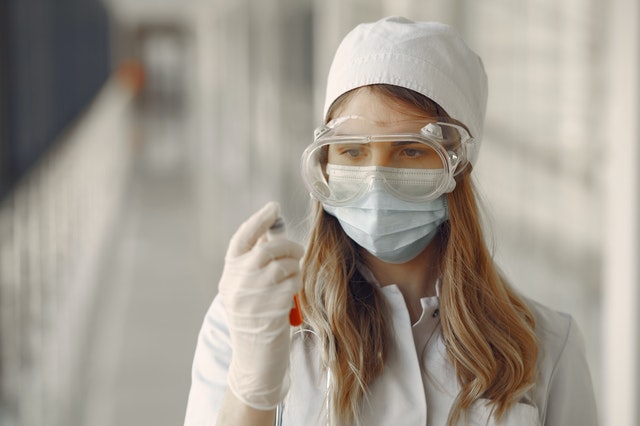151 Downloads
Last Updated: 19-10-2020 15:45
Within the framework of the HBM4EU project, an interlaboratory comparison was organised for the determination of a biomarker for the mycotoxin deoxynivalenol (DON) in urine.
The study was performed in January/February 2020 and was conducted to assess the comparability and reliability of analytical methods across the participating expert laboratories.
The HBM4EU QAU had selected six expert laboratories for mycotoxin biomarkers in urine. The expert laboratories were from six different countries in Europe.
Each participant received two control materials of human urine to be analysed for total DON (total of free and conjugated). The laboratories were requested to perform a single analysis and the submit results to the organiser within 3-4 weeks.
A first assessment of comparability of results was done by calculation of the mean, the RSD, and the relative uncertainty of the mean. Results were compared against the mean through a Z-score when the relative uncertainty of the mean was within 17.5%, which was the case in this study.
It was noticed that the enzyme used for deconjugation affected the results, consistent lower concentrations of total DON were obtained when using β-glucuronidase/sulfatase from Helix Pomatia. Therefore the consensus values were based on the results from laboratories using β-glucuronidase from E. coli.
All six laboratories reported quantitative results. Results were comparable at the higher level (~12 ng/ml), but with a clear negative bias for the laboratories using Helix Pomatia. At the lower level (~0.7 ng/ml), results were comparable for five labs (one was identified as outlier).
Recommendations were made to improve comparability of results in the next rounds.


